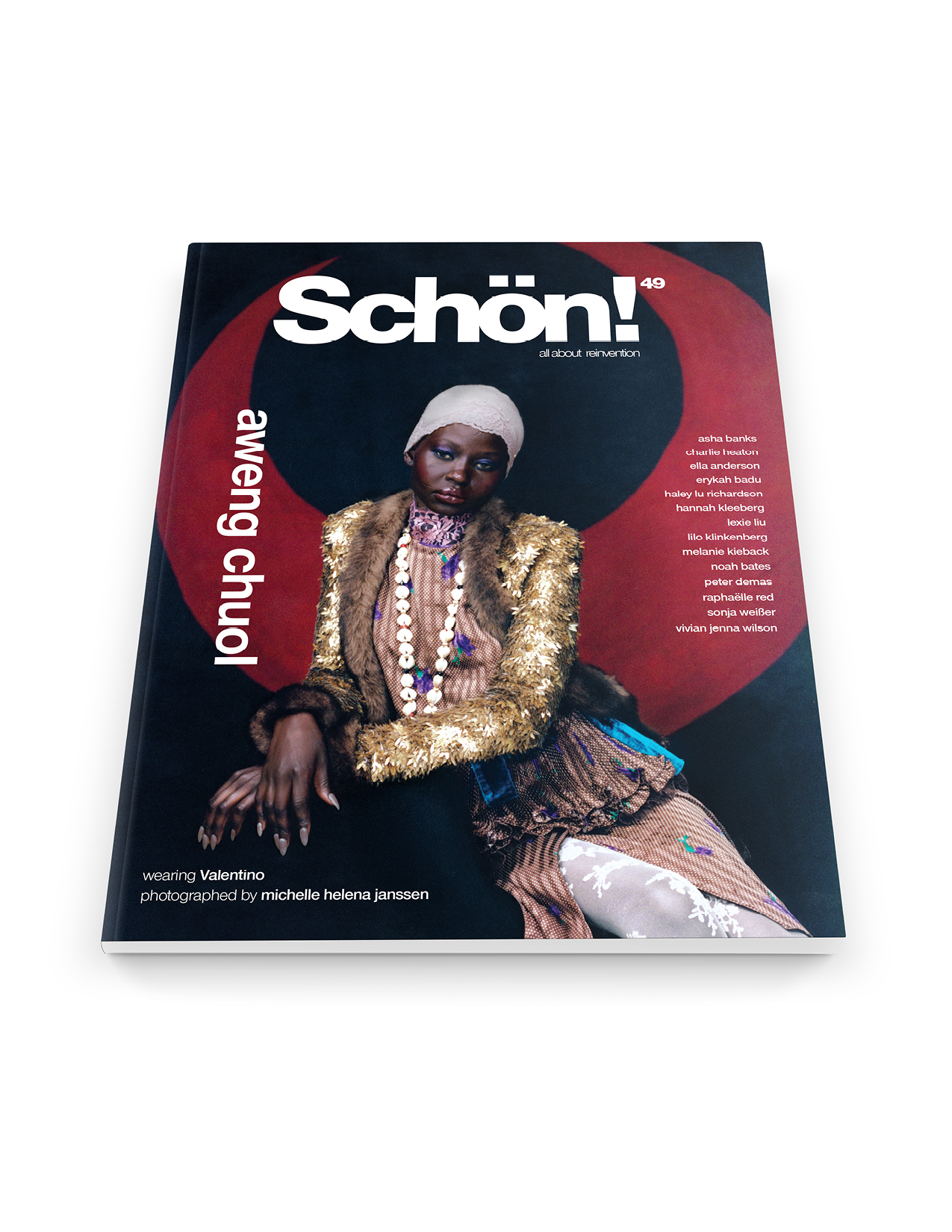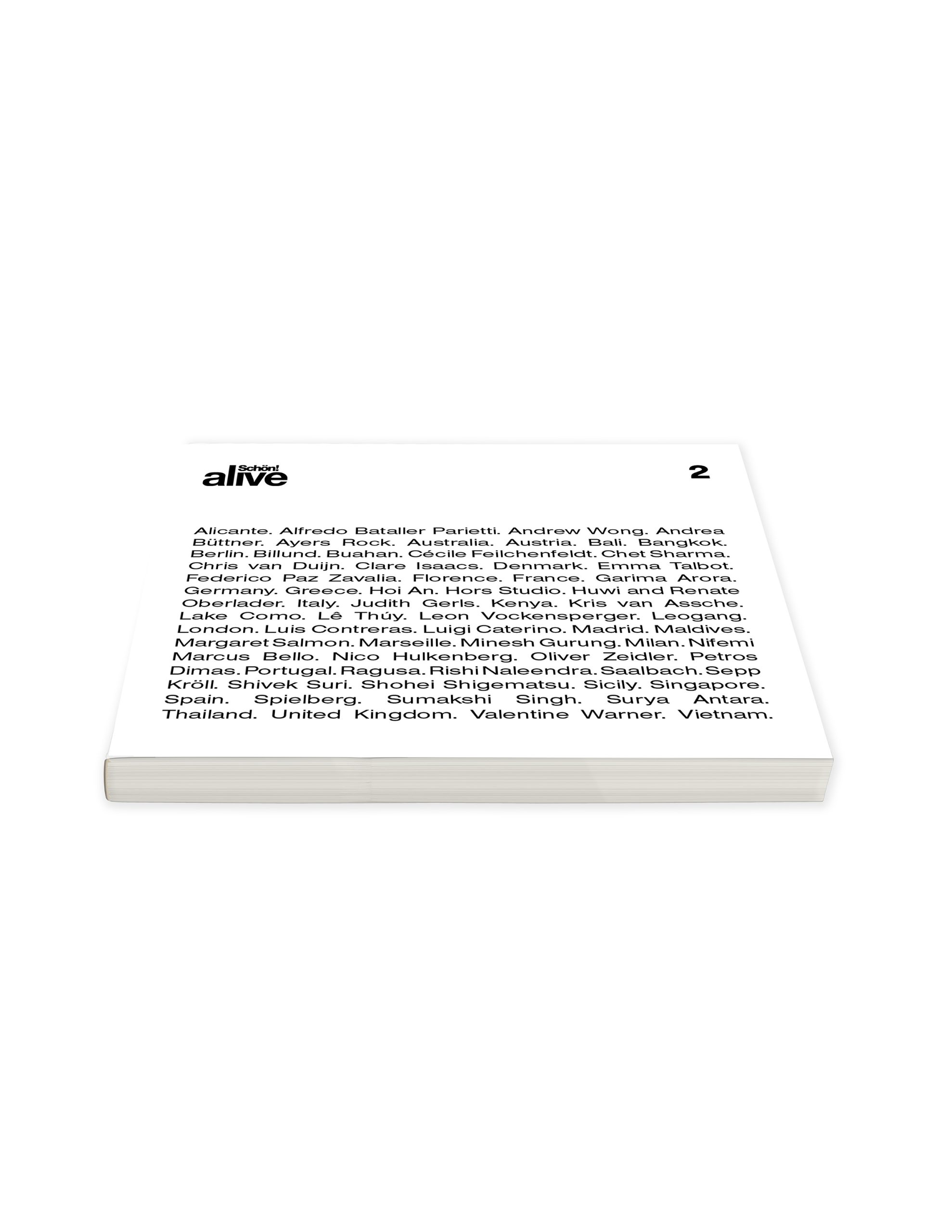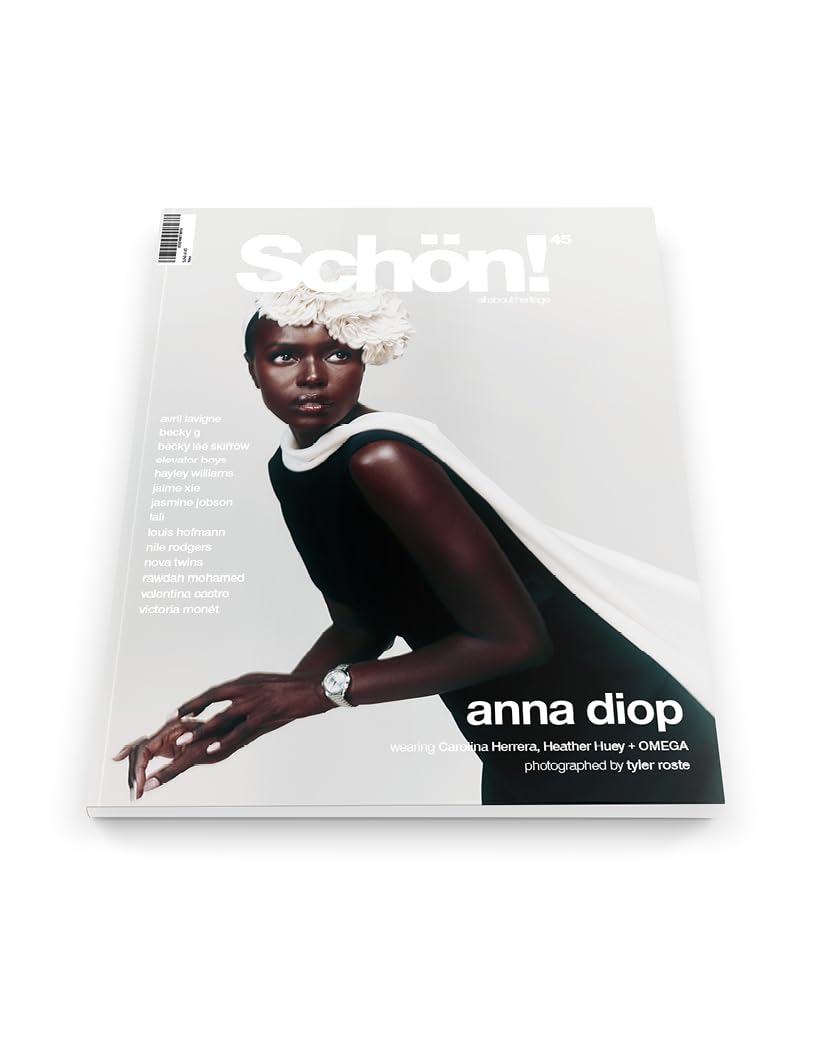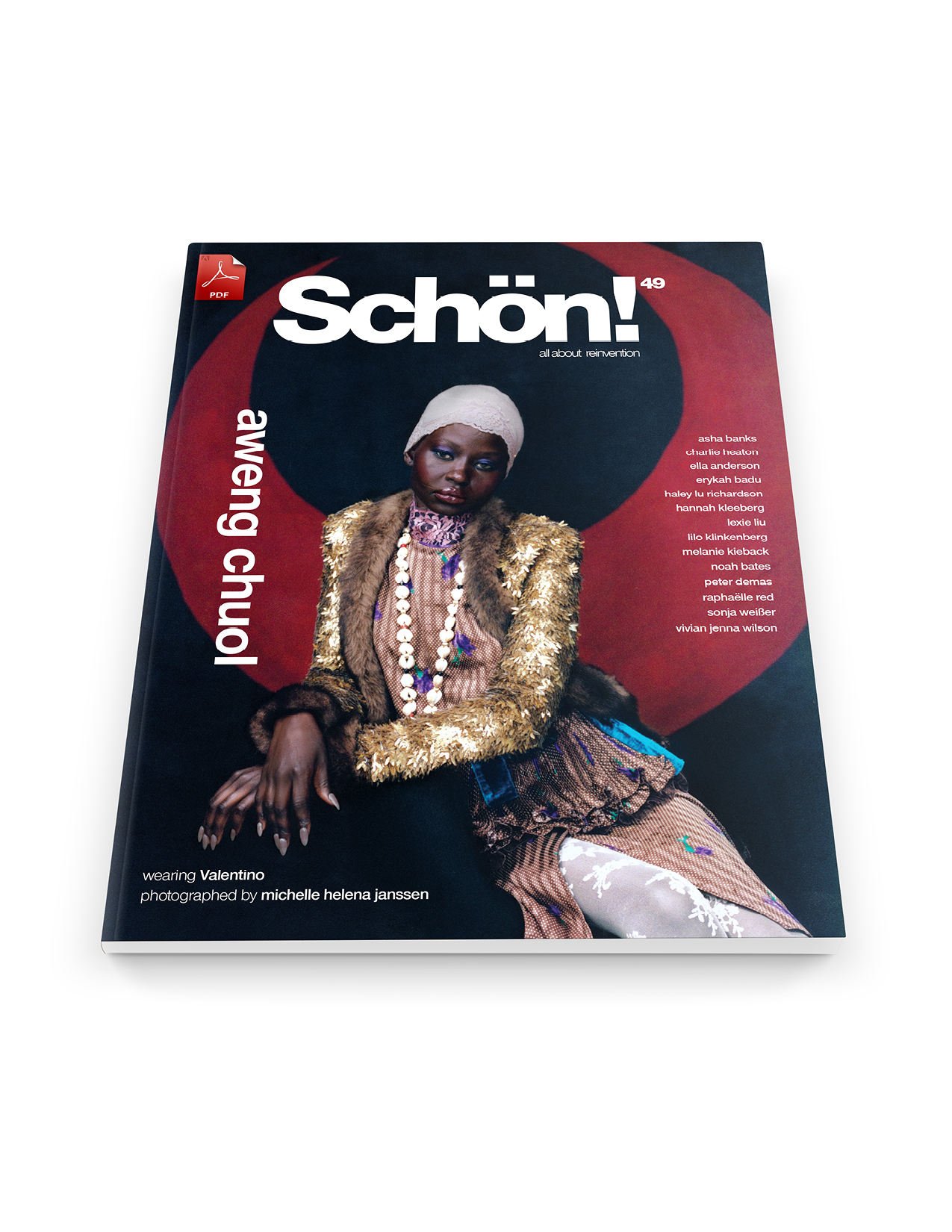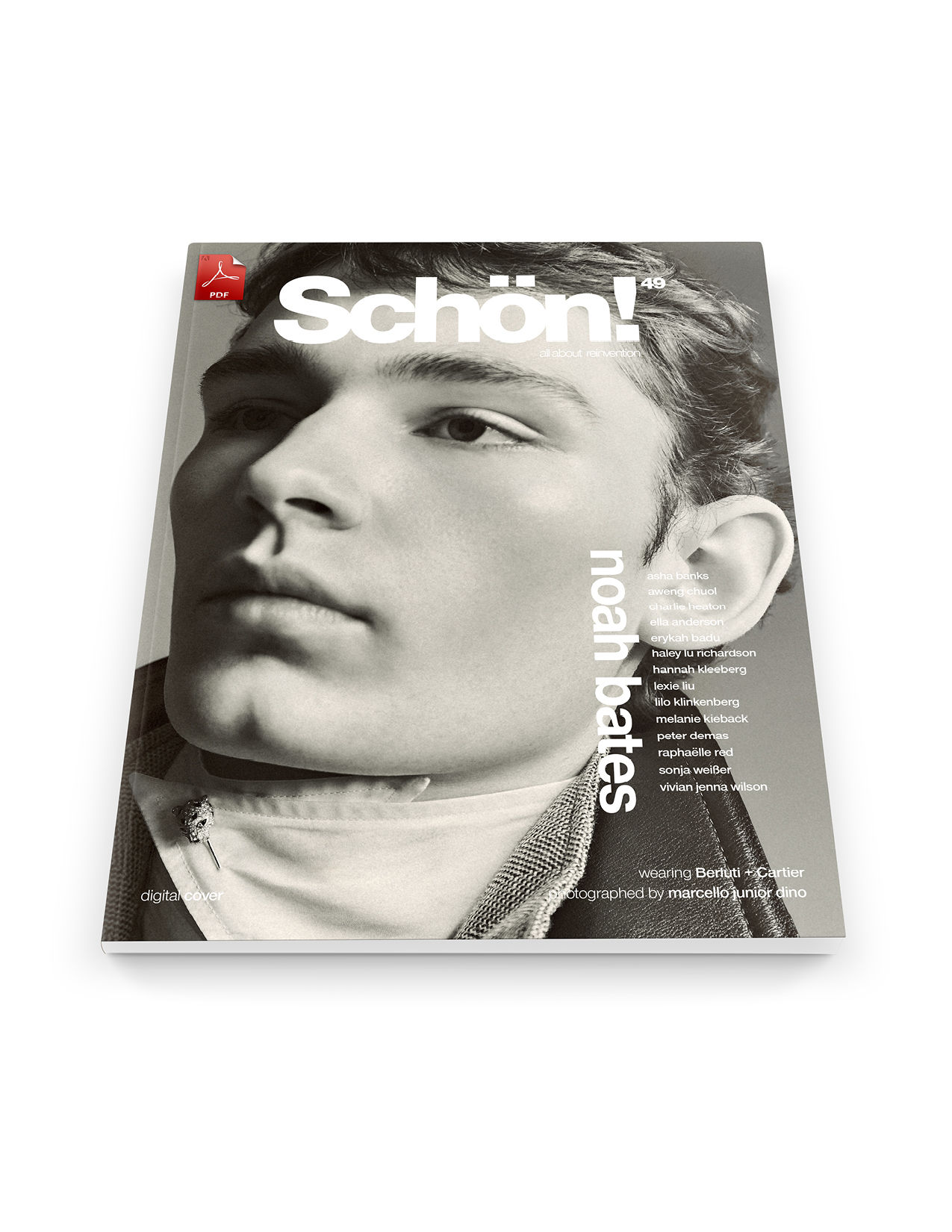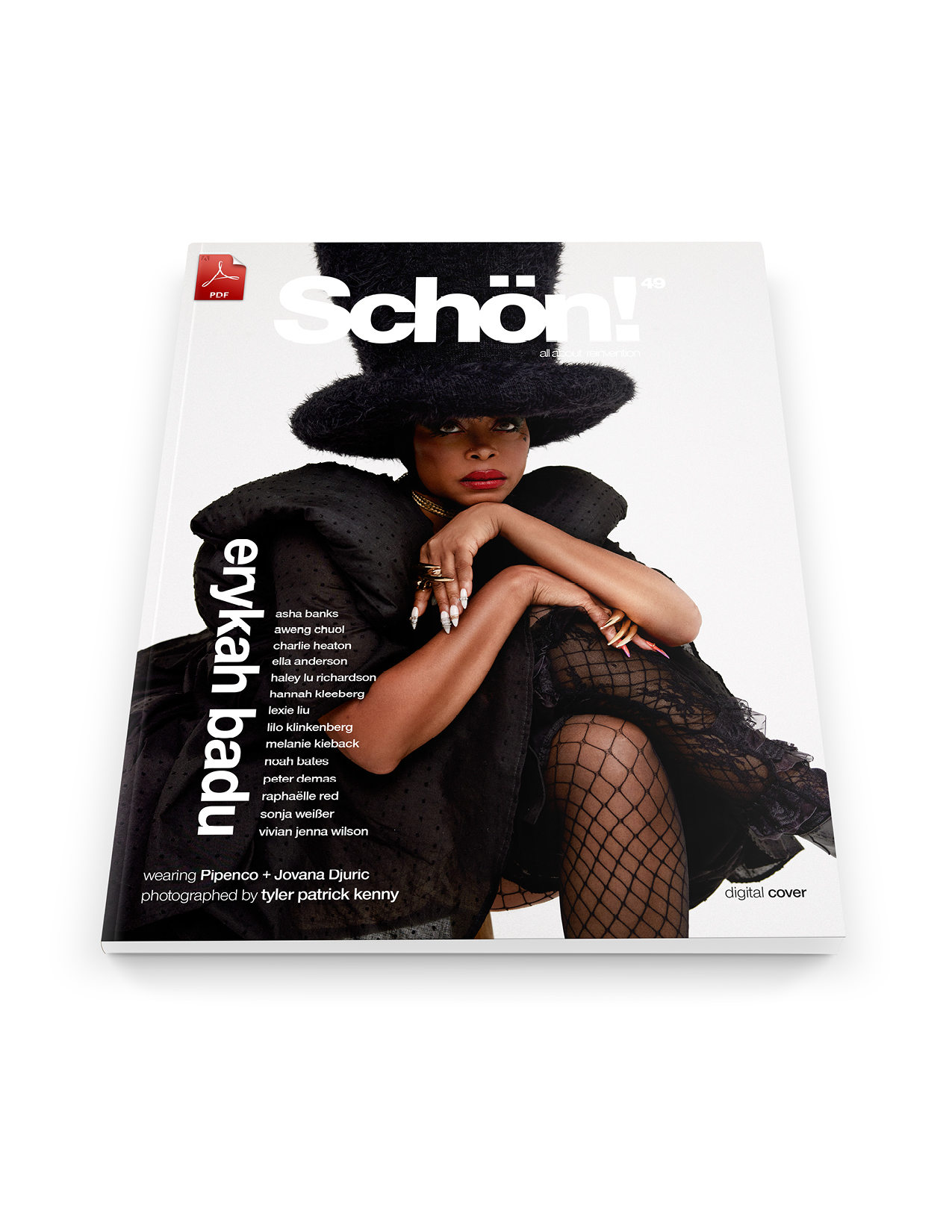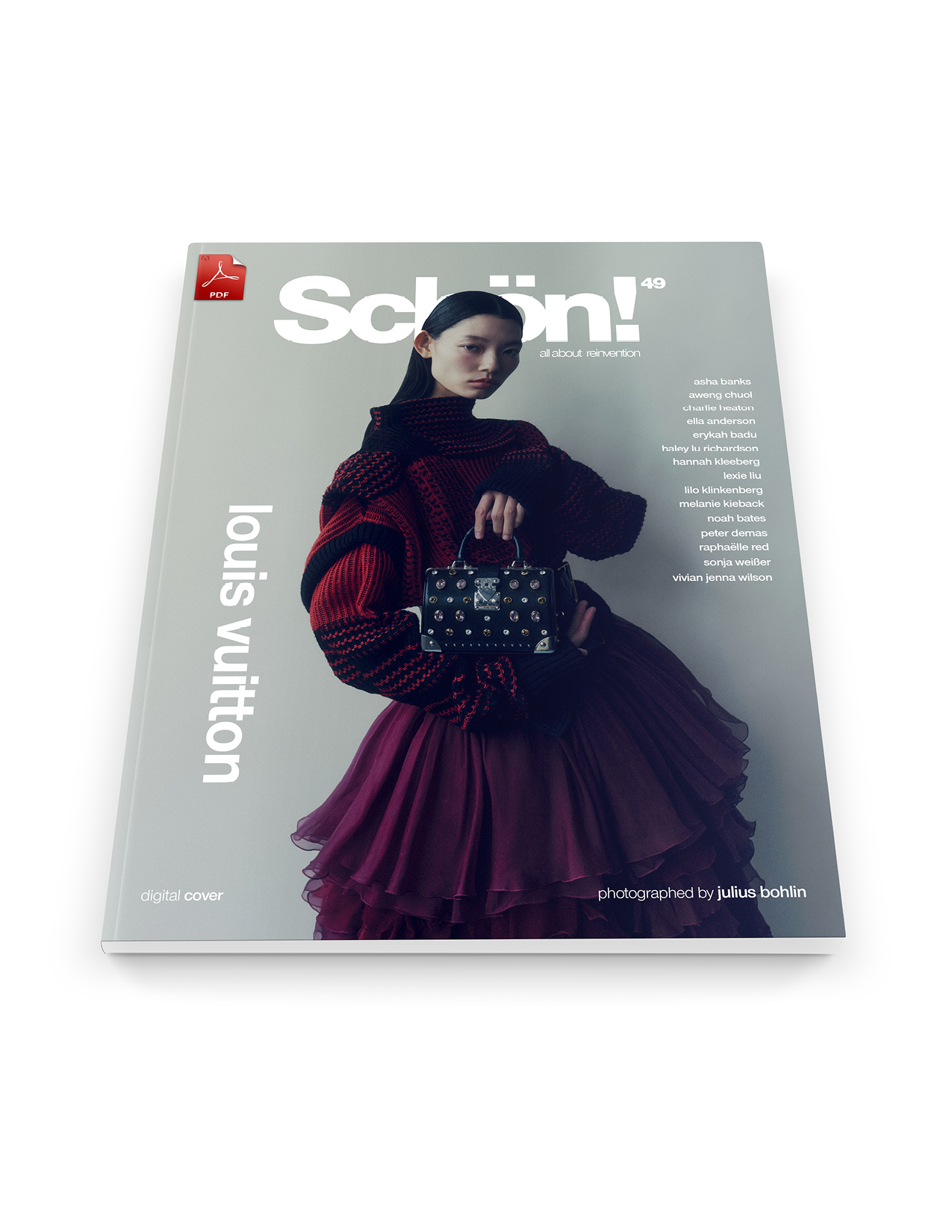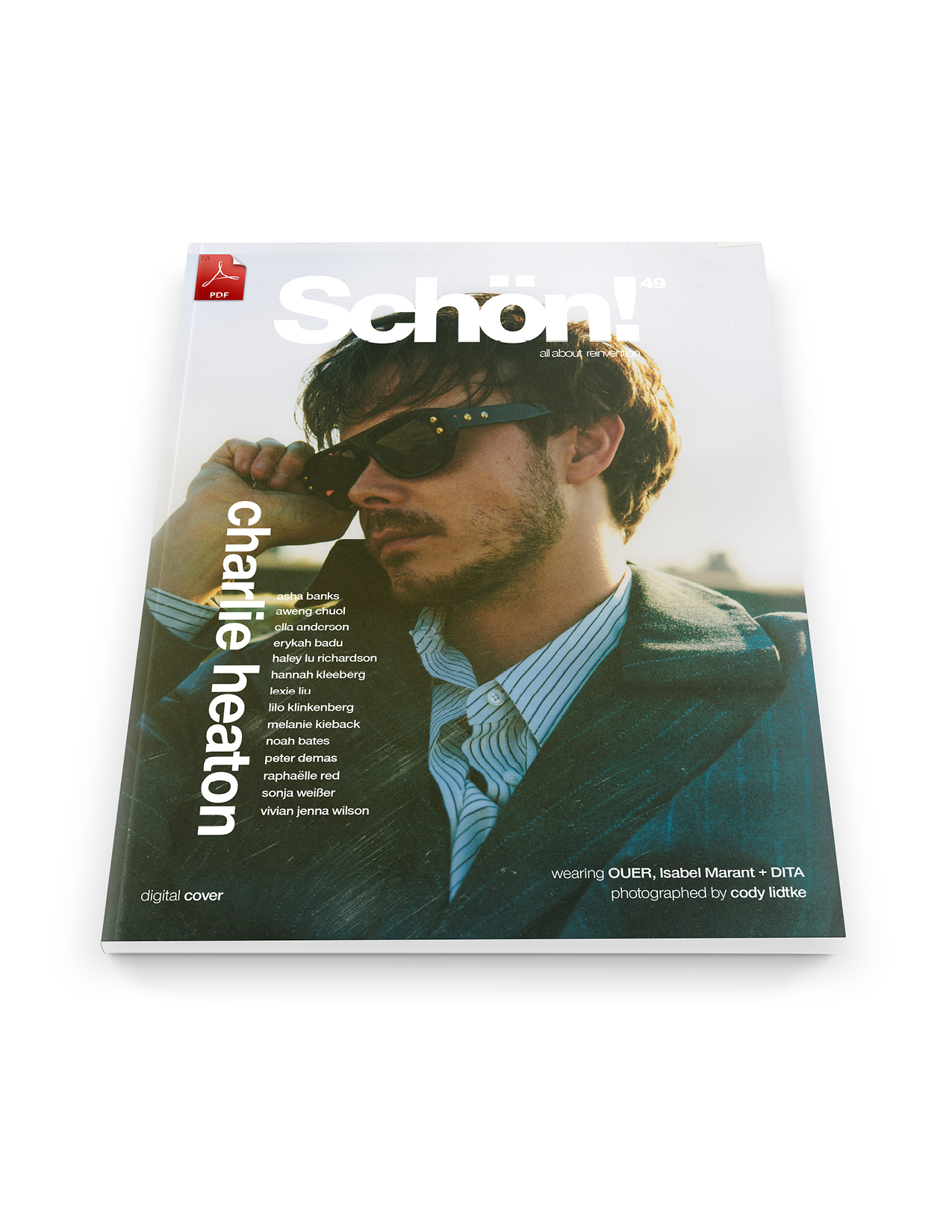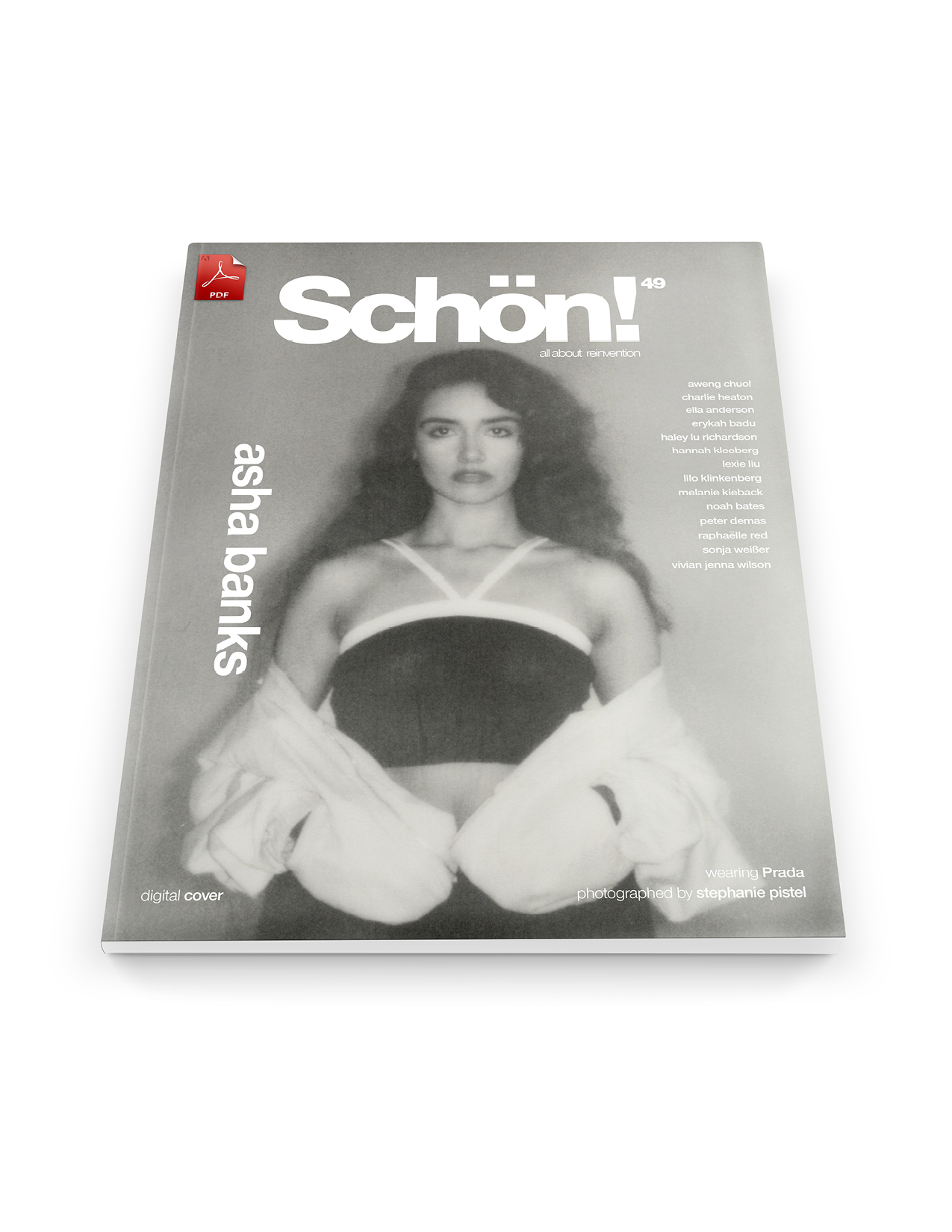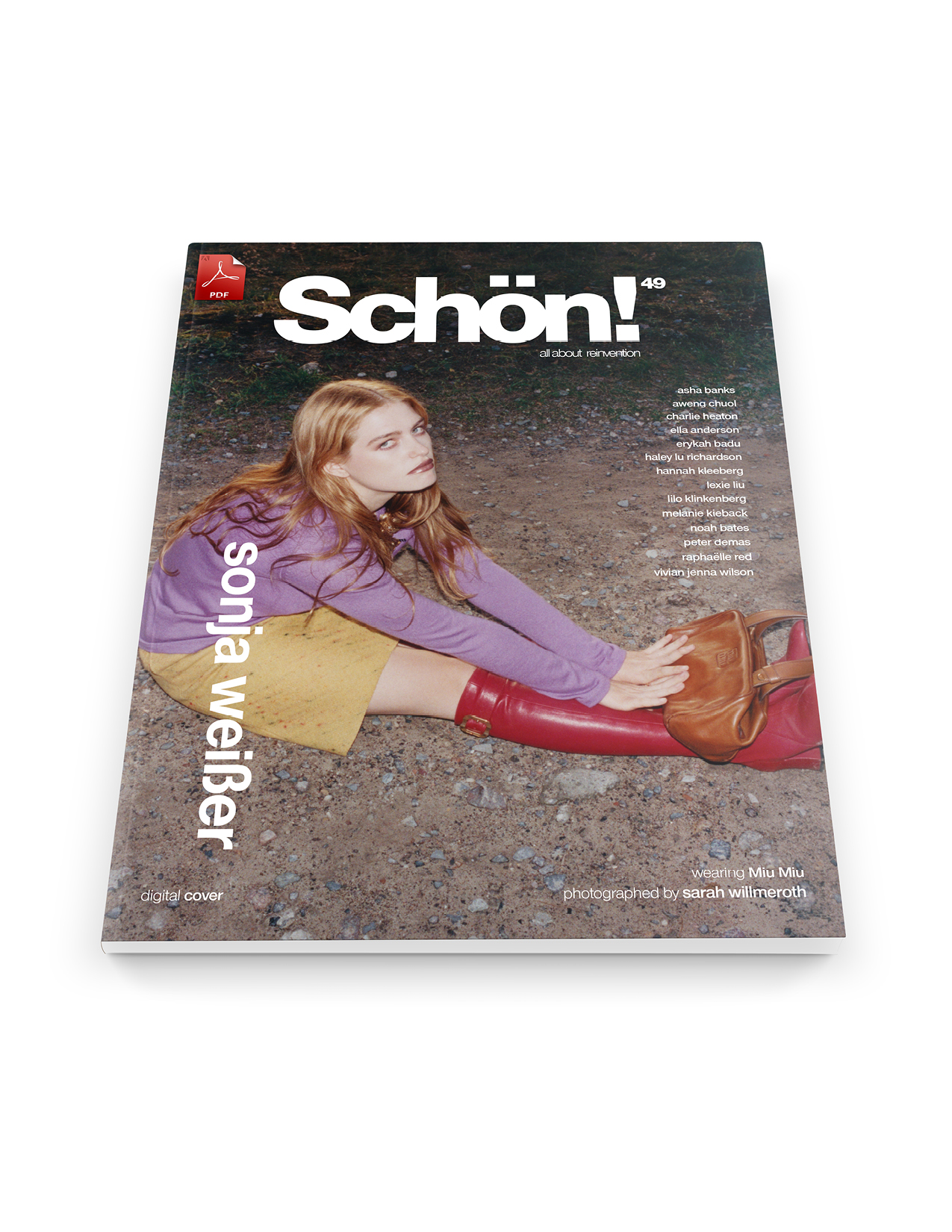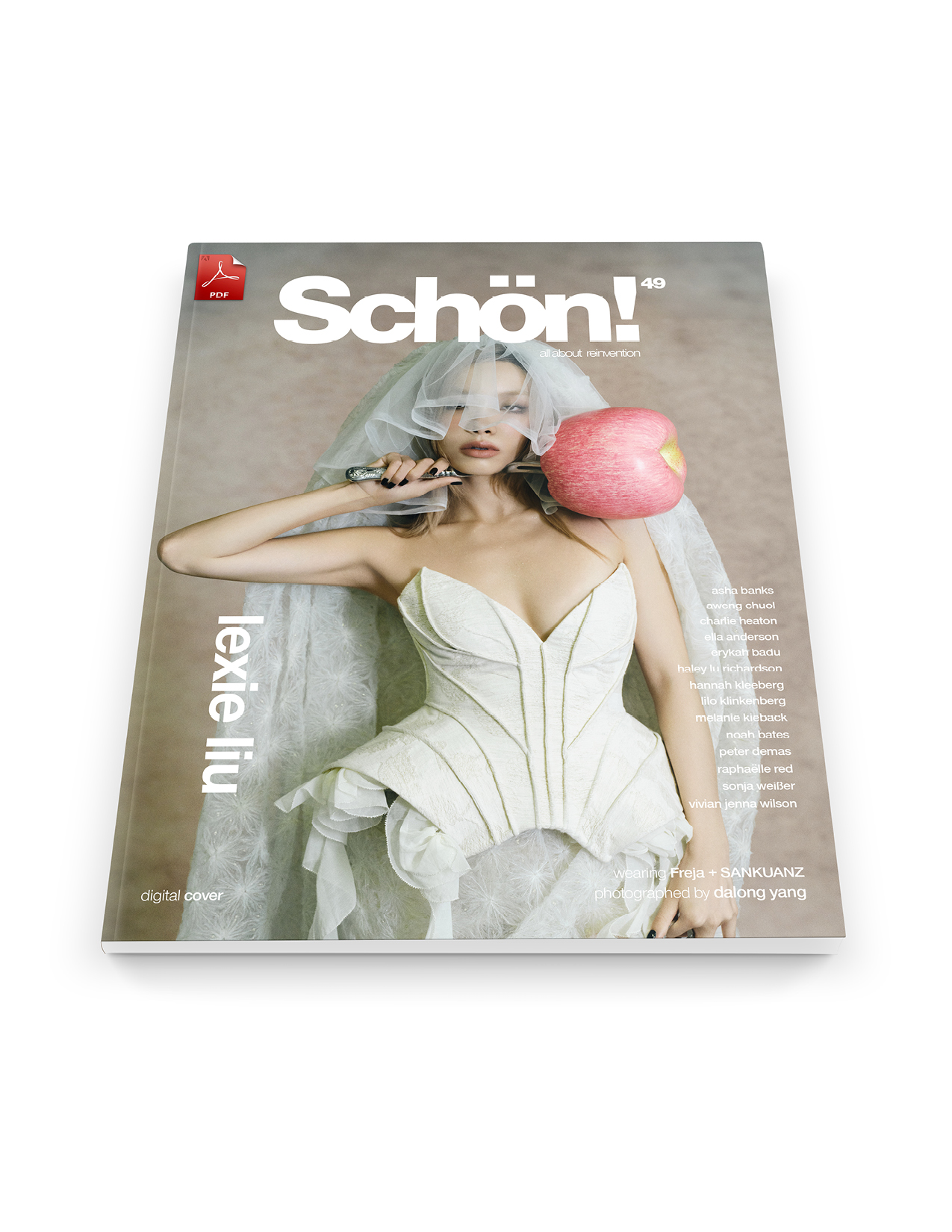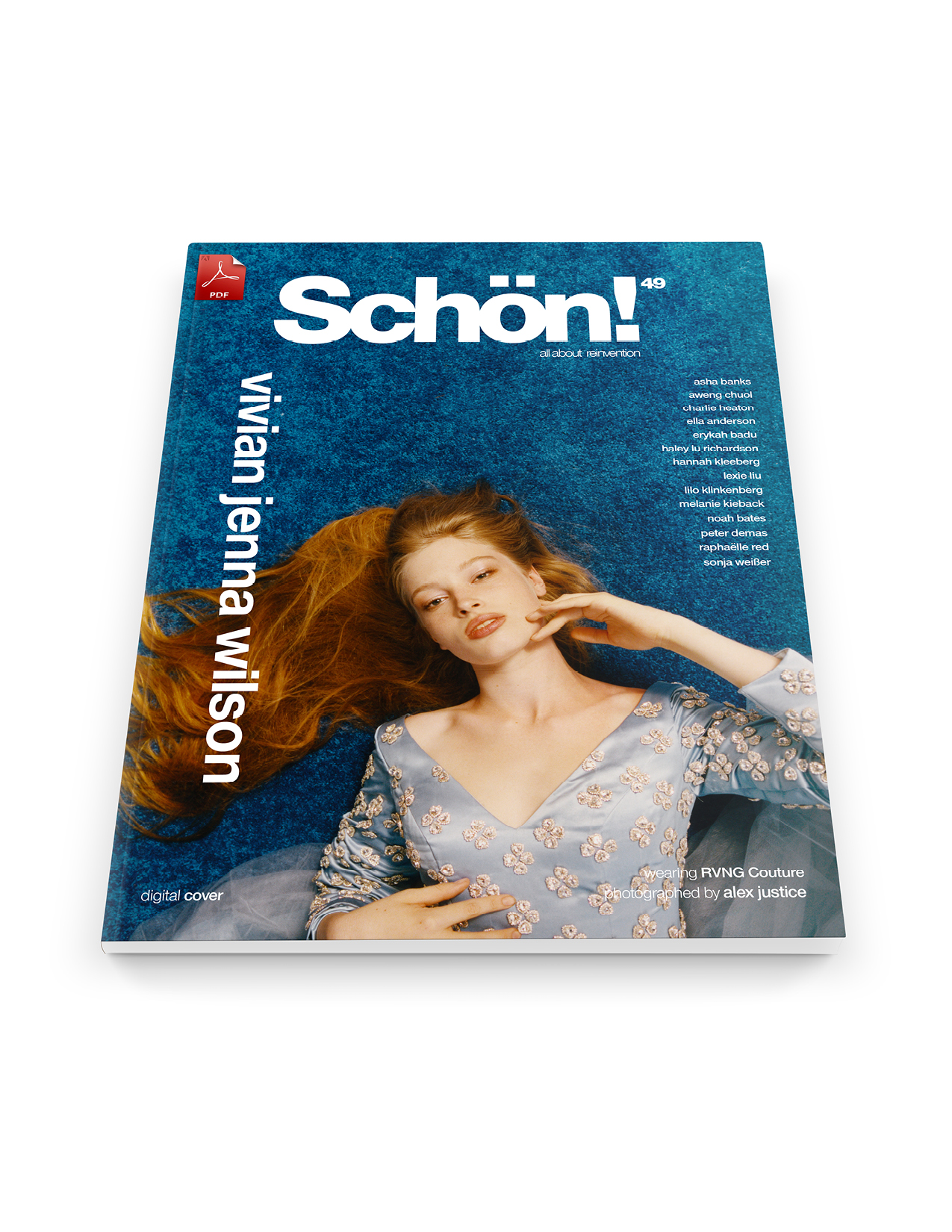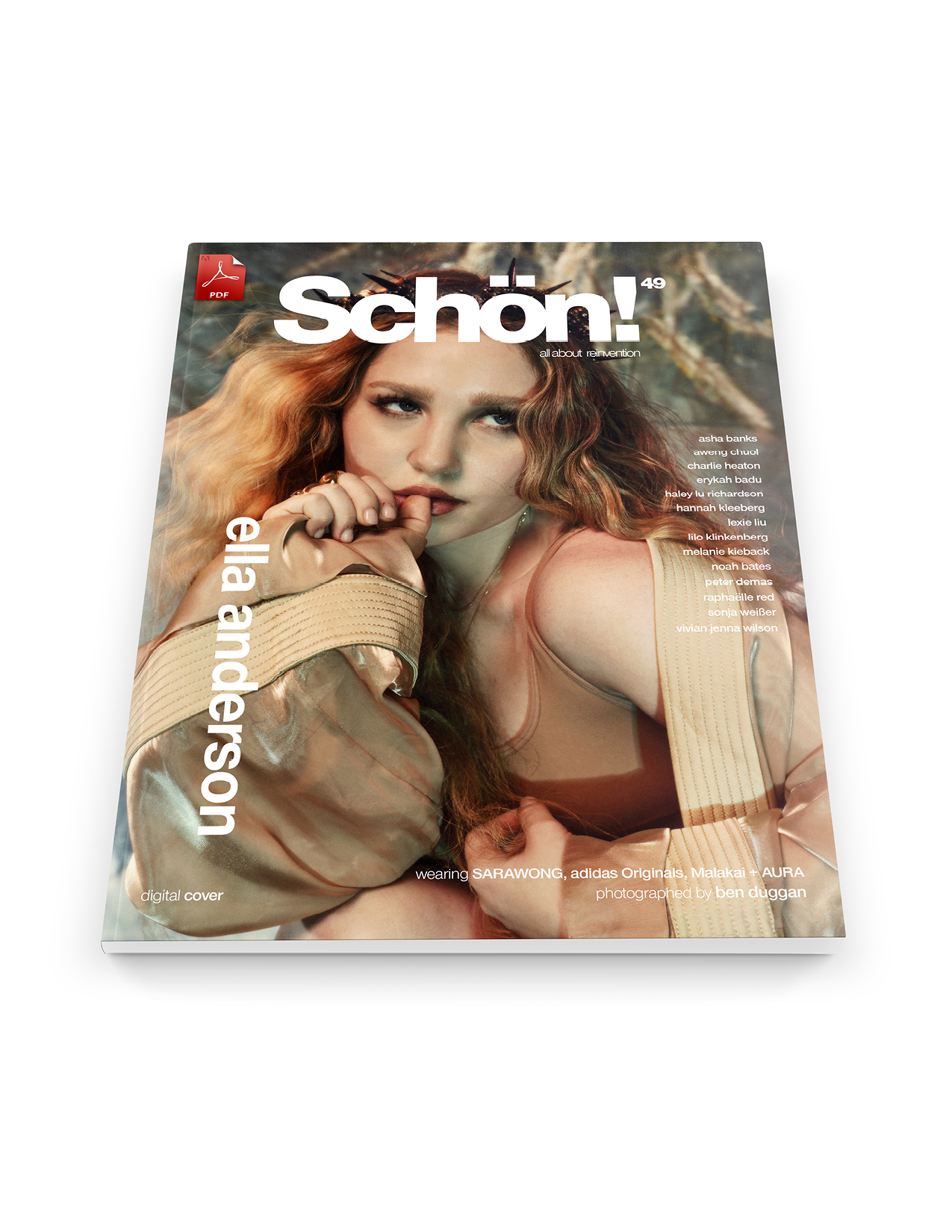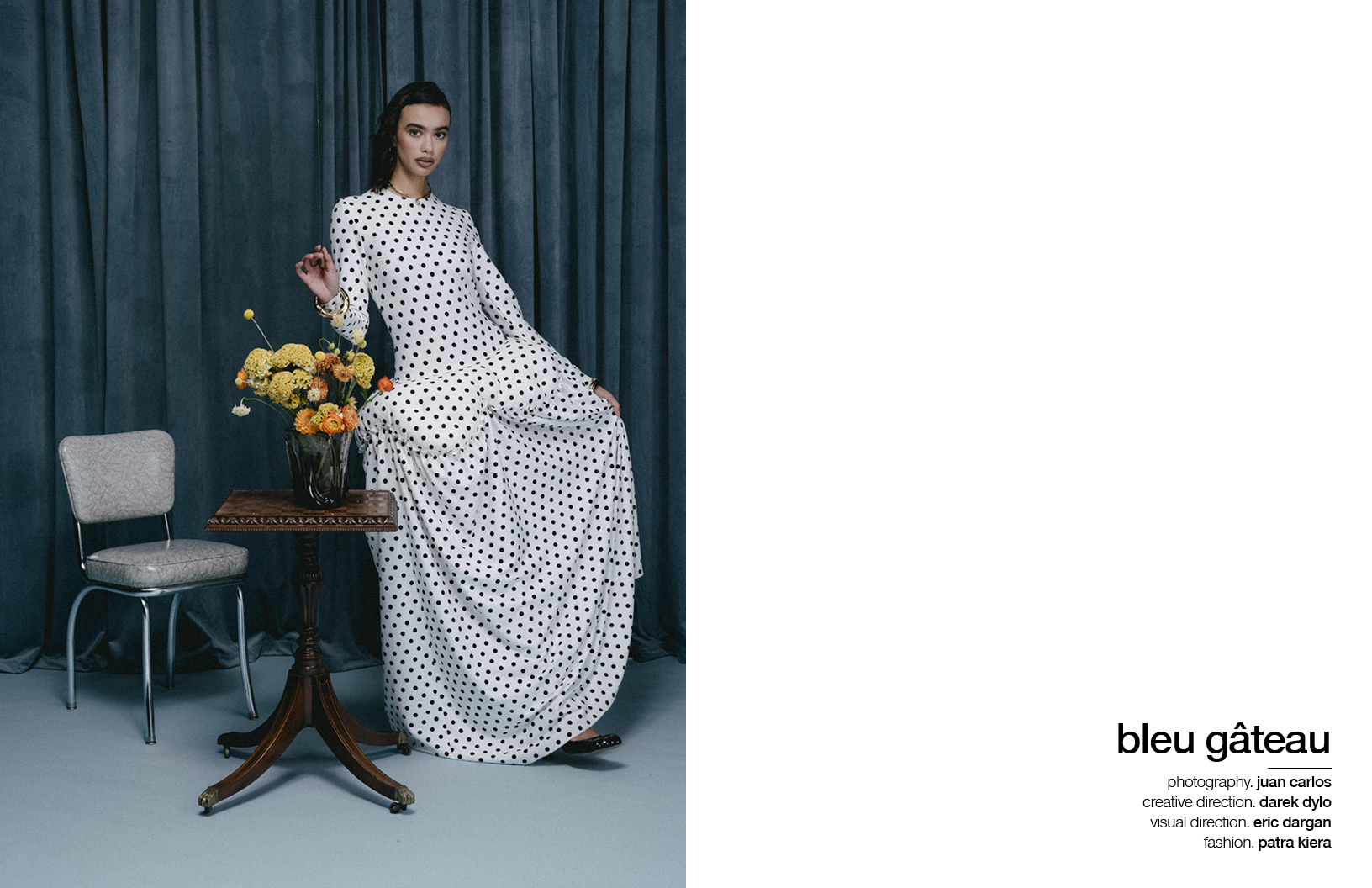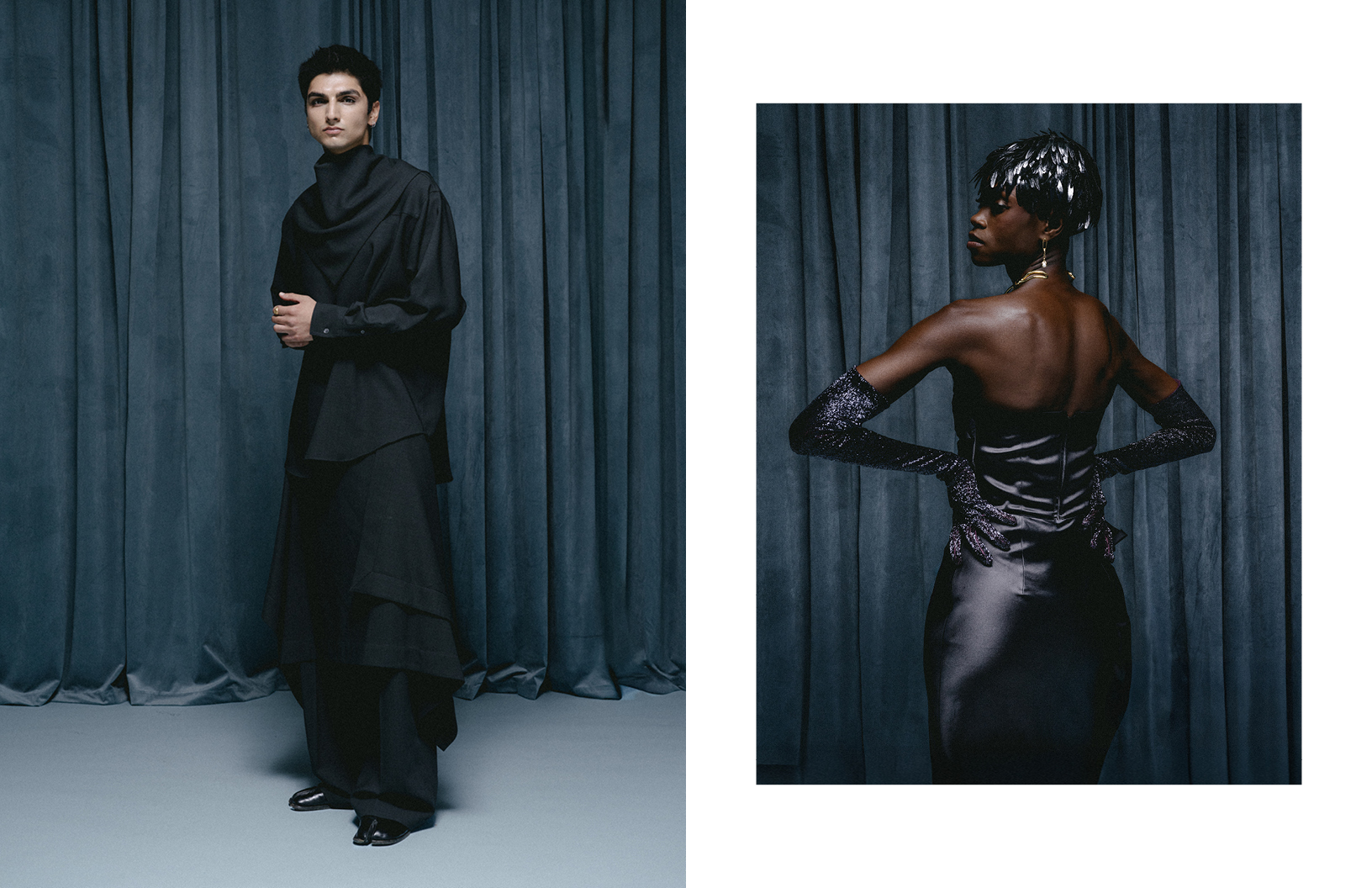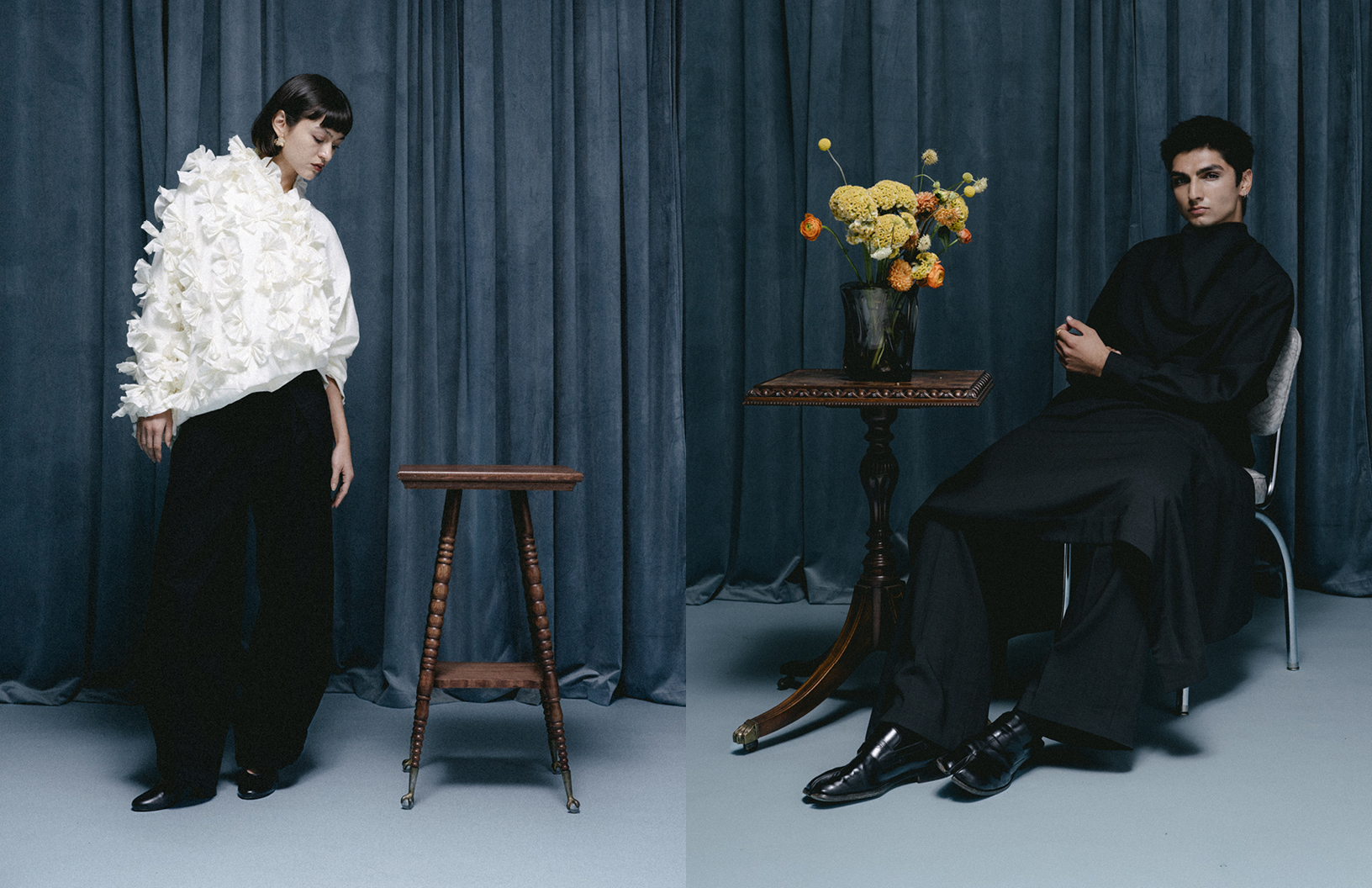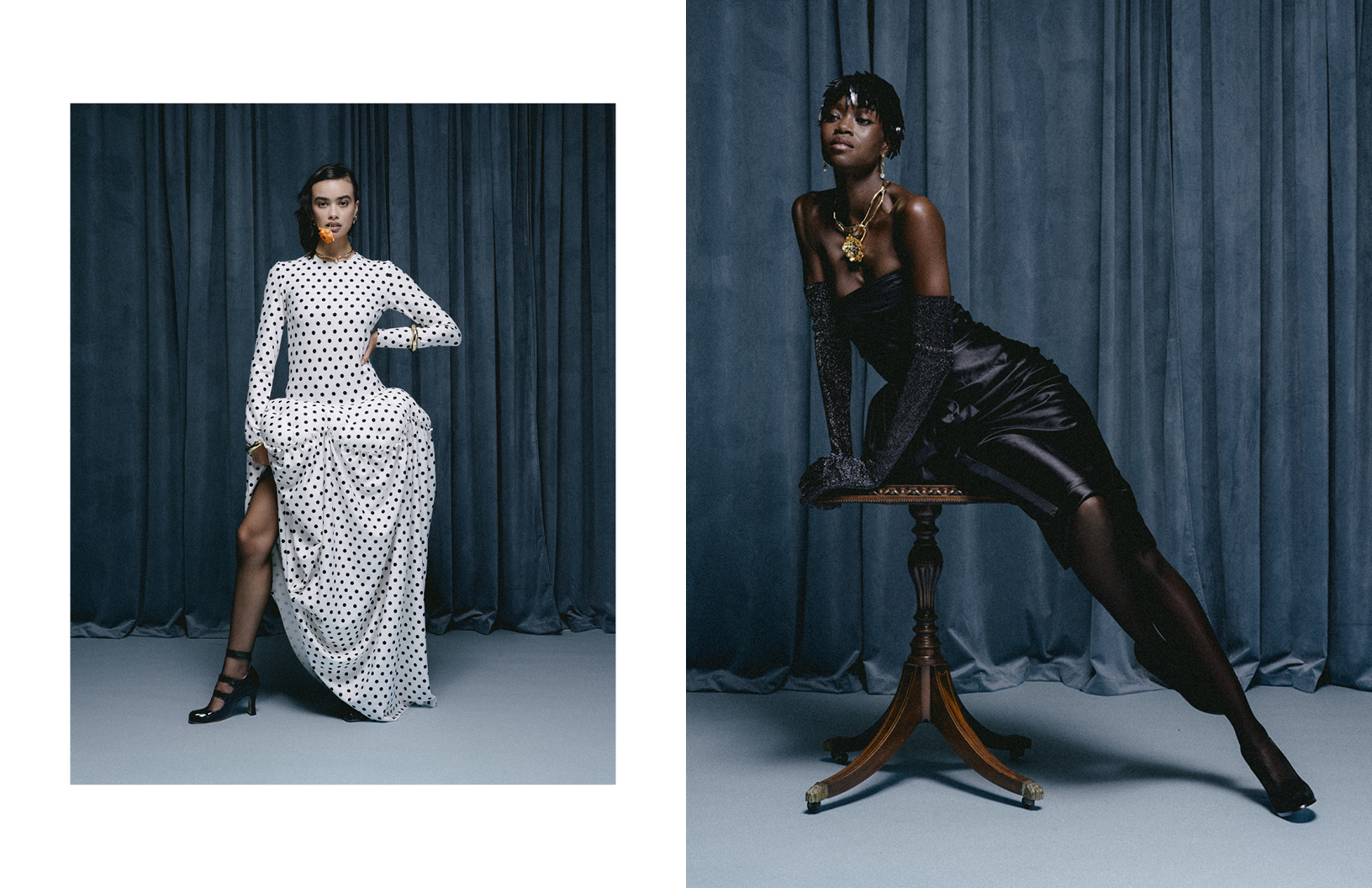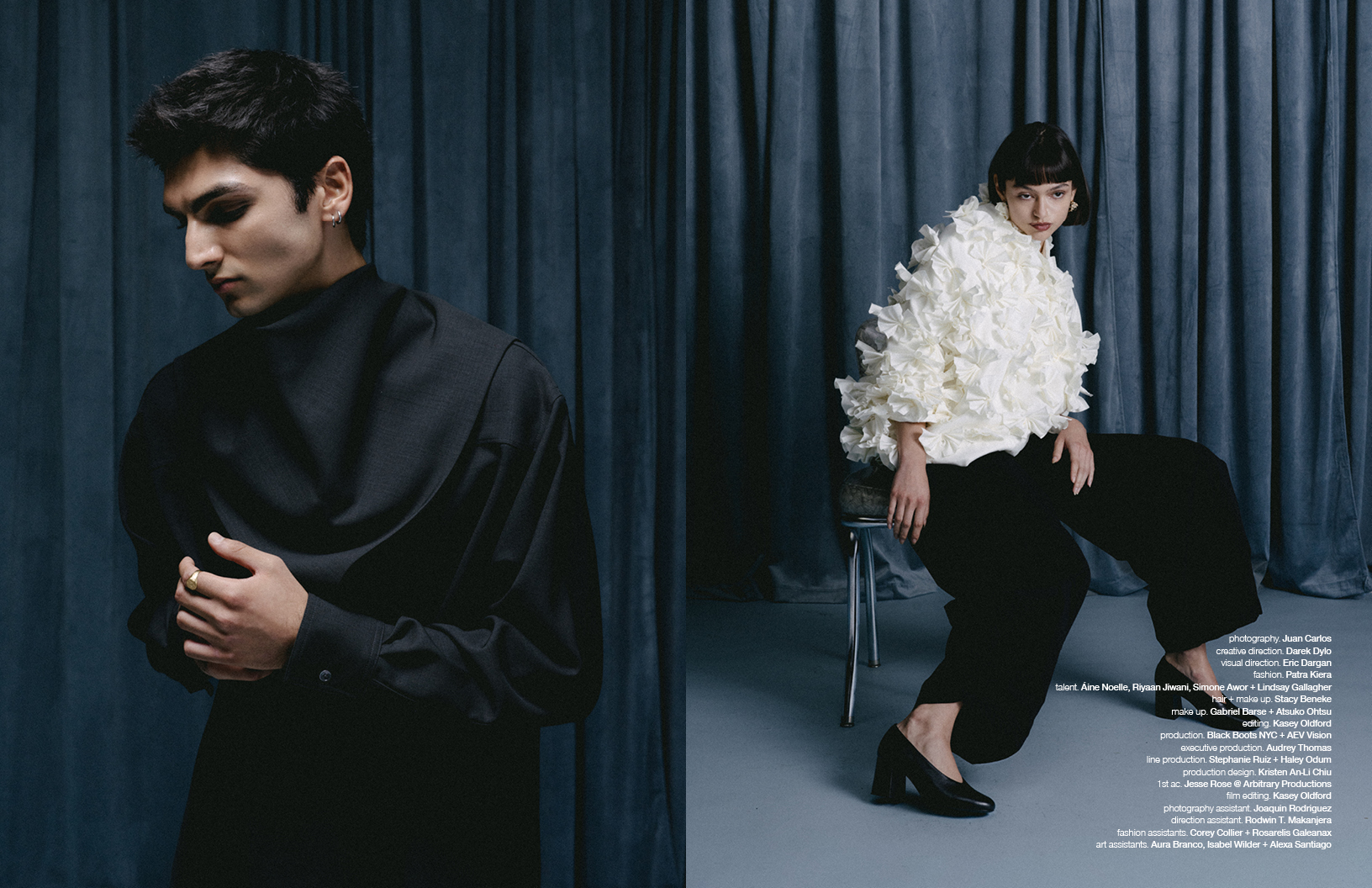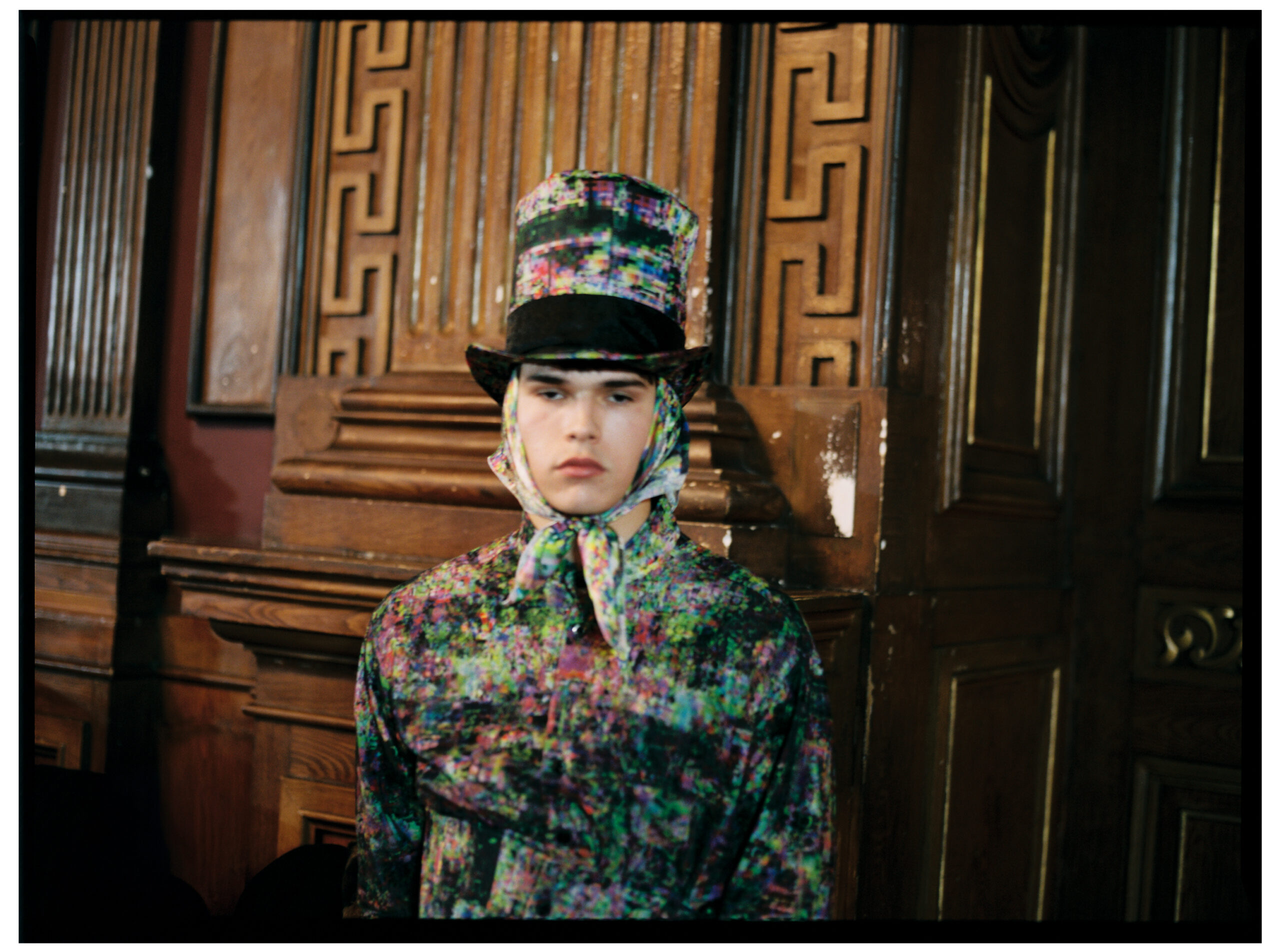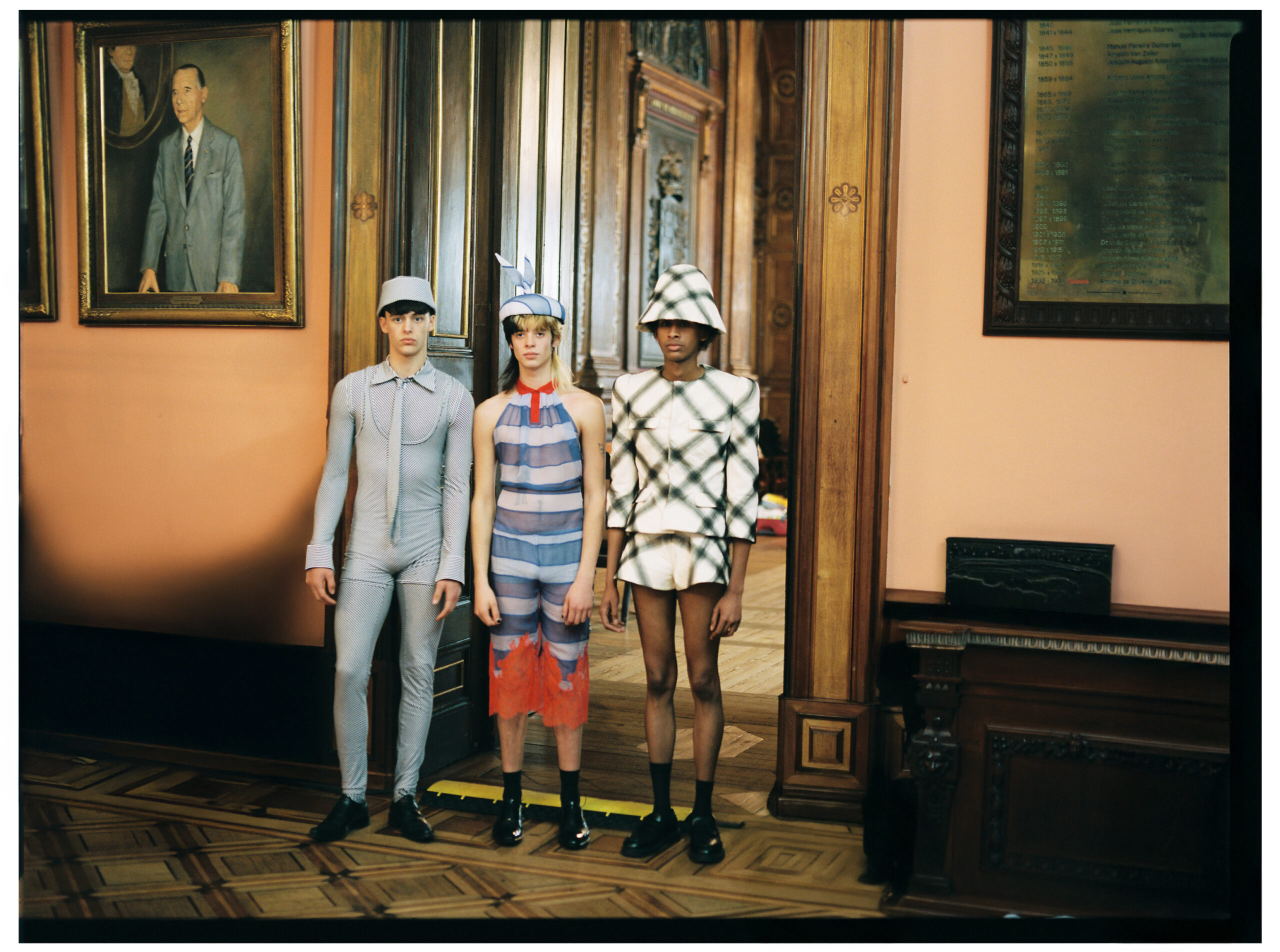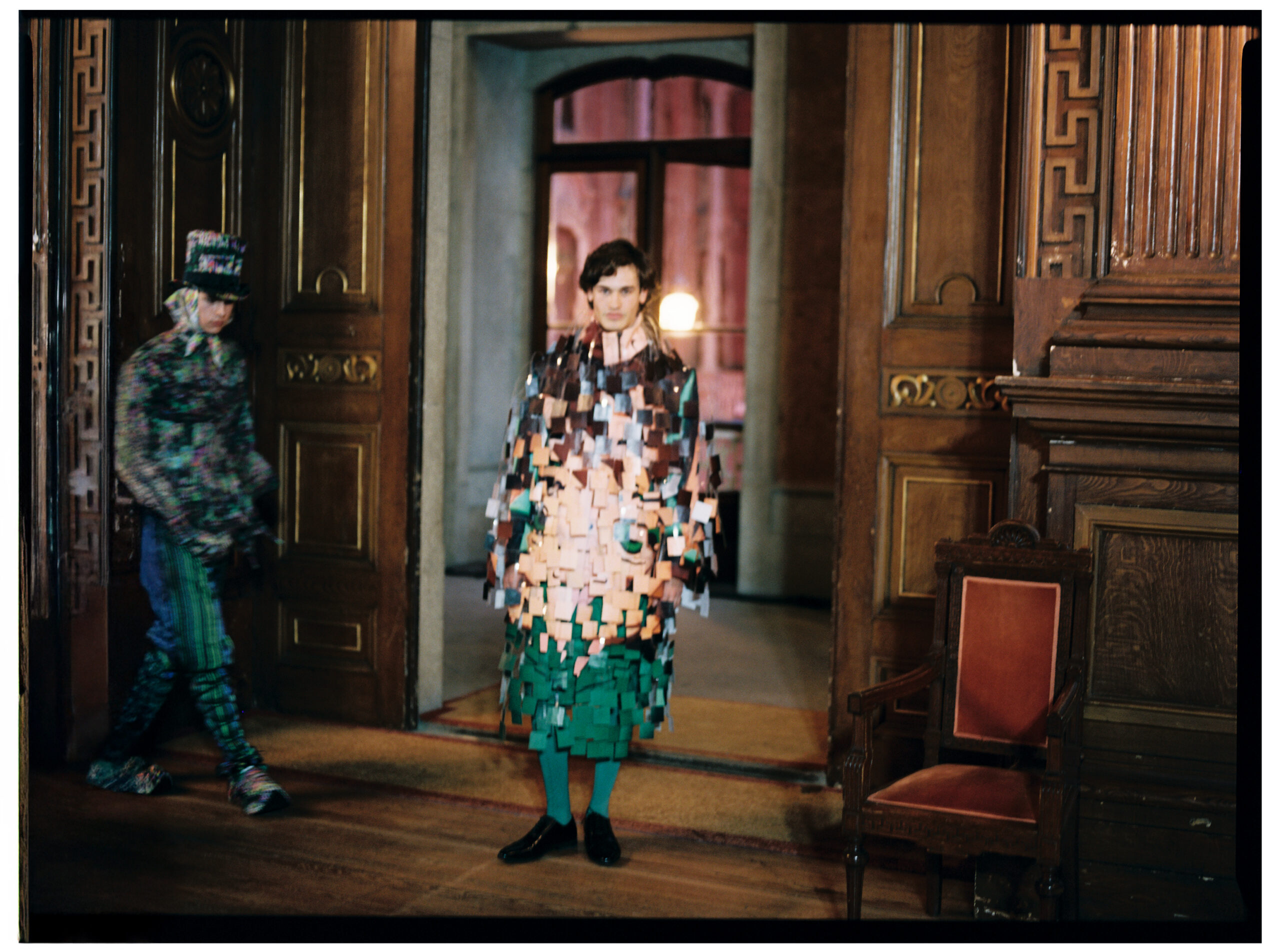
Flood Garment by Dara Benno. Photography | Matt Watson
The small city of Maastricht in The Netherlands may not be a renowned fashion capital, but it is the home of one of the most supportive platforms for emerging designers from around the world. The annual FASHIONCLASH Festival completed its 14th edition this weekend and much has changed over the past few years. While the event has always been multi-format, gone is the cavernous catwalk space and the runway shows that dominated the schedule. In their place are more intimate and innovative ways for the designers to present their garments, be that via exhibitions, live performances and talks, or fashion film. This makes perfect sense given that FASHIONCLASH’s focus is not only on supporting fashion designers, but creatives from a multitude of disciplines.
The programme showcases the work of more than 50 designers and artists, some chosen from the proposals submitted in the open call, and others who are participants in some of the FASHIONCLASH Foundation’s projects (of which there are many – the foundation has realised over 200 projects in The Netherlands and internationally) and there is no sense of elitism here. Anyone can attend and, while some events are ticketed, others are free.
One of the most enjoyable of these was the Open Mic Night powered by the Meester Koetsier Foundation. The evening was a combination of musical numbers and comedy courtesy of host Ariah Lester, and presentations of the work of six recently graduated Dutch designers in a performance format, each followed by a short interview to give some context to the designs.
The Clash House was another evening event and, while it also followed a similar format (minus the comedy), the participants this time were five designers whose work crosses over into other disciplines, especially the performing arts (for example Maya Kaplan, who happens to also be an acrobat) and who were also offered coaching and support by theatre makers.

Ariah Lester at Open Mic Night. Photography | Laura Knipsael
Fashion film was a key component of the festival, with screenings, talks and awards at the Lumière Cinema. We were particularly impressed with Wendy Owusu’s short film Hidden Heritages in which young women of African descent explain the cultural significance of their hairstyles and the ANT EYE collective’s Sock Monster, a surreal and witty take on why those odd socks disappear in the wash.

Hidden Heritages by Wendy Owusu
The New Fashion Narratives exhibition was spilt between two venues, one to showcase international designers whose work spans fashion, social design and visual arts. Standout installations included House of Rubber’s Lady in rug, which explores “the boundaries of fashion, objects, the human body and its environment”. The other venue was for talent with links to The Netherlands, with a particular emphasis on those who are engaging with social issues, alternative fashion practices and contributing to a healthier fashion sector.
On that subject, we also got to hear from some of the FASHIONCLASH Foundation’s Fashion Makes Sense: “an ongoing participation programme from which projects are developed focusing on social design, inclusion, education and in collaboration between professionals and semi-professionals/amateurs, especially young people.” One example was The Hooooooodie Project, developed in collaboration with designer and artist Antoine Peters. The idea was to bring together young people, including those from less privileged backgrounds, in workshops where they learnt to make a section of sleeve. These sections were then combined to construct a hoodie with 212 metres of sleeve. “Everyone wears clothes and that’s why it’s such a wonderful conversation starter,” explains Peters. “The more people [who] add a piece of themselves to the artwork, the more stories, memories and personalities are literally and figuratively linked.”
And finally, we have Talentlab. Now in its sixth edition, this is a programme to support the performing arts, where talented young professionals work closely together for five weeks in order to develop their artistry, be inspired by each other and by fashion, with the results being shown as part of the FASHIONCLASH schedule.

Talentlab. Photography | Bjorn Frins
The festival would not be possible without the hard work of a community, often referred to as the ‘FASHIONCLASH family’ and that is why the campaign for this edition was centred around the people who have played an important part in its existence, going back to its start in 2009. Some of the many players, including volunteers, models, coaches and choreographers, were presented as if getting ready in a locker room for their next big match, A.K.A. the 14th edition of the festival. In terms of providing opportunity and exposure to young, creative talent, there’s no doubt that the FASHIONCLASH Festival is still top of its game.
For more information, click here.
words. Huma Humayun
images above: Looong Sleeve by Antoine Peters; Elliot Collective. Photography | Liv Liberg; Katharina Spitz. Photography | Lexi Sun; Our Shift by Milan Flíček. Photography | Anna Sokur; Ruben Jurriën. Photography | Valerie Abeji; Maya Kaplan. Photography | Shalev Ariel; Dissolution 5 by Erik Bergrin; Haus Of Stone by Danayi Madondo; Roumans Promise. Photography | Milan Van; Lois Brandsen. Photography | Claudia Moraru; Lady in rug by House of Rubber; Pablo Salvador Willemars.




![Katharina Spitz_photo_Lexi Sun+[@giesoo]_3 Katharina Spitz. Photography | Lexi Sun](https://schon-magazine.s3.eu-central-1.amazonaws.com/wp-content/uploads/2022/11/16115338/Katharina-Spitz_photo_Lexi-Sun%40giesoo_3.jpg)











![Katharina Spitz_photo_Lexi Sun+[@giesoo]_3 Katharina Spitz. Photography | Lexi Sun](https://schon-magazine.s3.eu-central-1.amazonaws.com/wp-content/uploads/2022/11/16115338/Katharina-Spitz_photo_Lexi-Sun%40giesoo_3-447x390.jpg)









